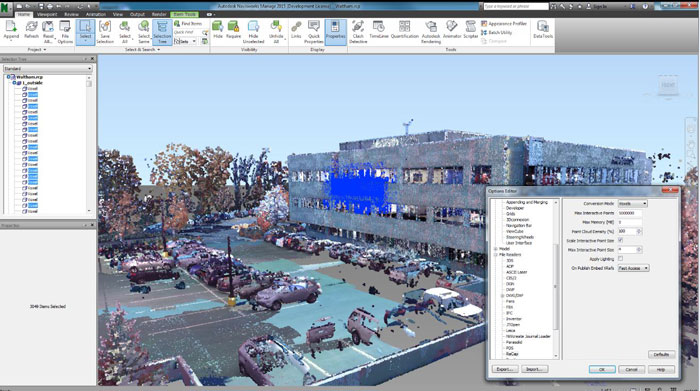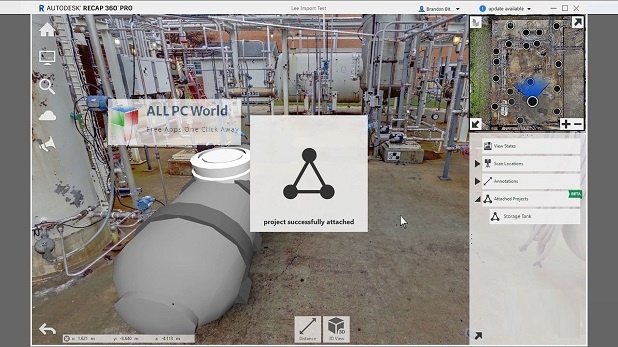

Keep picking points until Recap says a match is found – at which point click Merge Scan, then Index Scan. This requires you to pick common points in each of the side by side scans – rotate and zoom in the scans to locate clear points like corners of walls, ends of pipes, or other sharp clear and non-moving features in both scans.

AUTODESK RECAP MANUAL
If the some of the scans are not aligned then you will be prompted to do some manual alignment. Hopefully, and ideally, all the scans will have recognised each other and be showing correctly into one big scan (this is where doing well placed scans with common overlaps is so important). Now Recap will try and recognise and align all of your scans – this can be a lengthy progress depending on the number of scans. Hit Import Files to continue, and then Auto register at the next window. You can experiment with these settings but the default settings ought to be fin (the Aggressive filter scan option is good for reducing the scan to just strong, clear measured points but will throw a lot away) If the scan files are properly recognised then you will see an import window with some presets. You can drag in the whole folder of scans and Recap will pick them out. from the SD card and drag them all onto the target. Name the project and specify where it is to be saved – the location of your project is important, ideally you should point this at an external drive that has plenty of free space as scan projects can get very large.įirst you need to locate the scans, e.g.
AUTODESK RECAP PRO
Start Recap Pro and create a new project for import point cloud. Quite straightforward to use and quick for viewing point cloud data.This software is also available free from Autodesk via their education site.Recap Pro is installed on all the Stockwell Street Building 11 PCs.



 0 kommentar(er)
0 kommentar(er)
